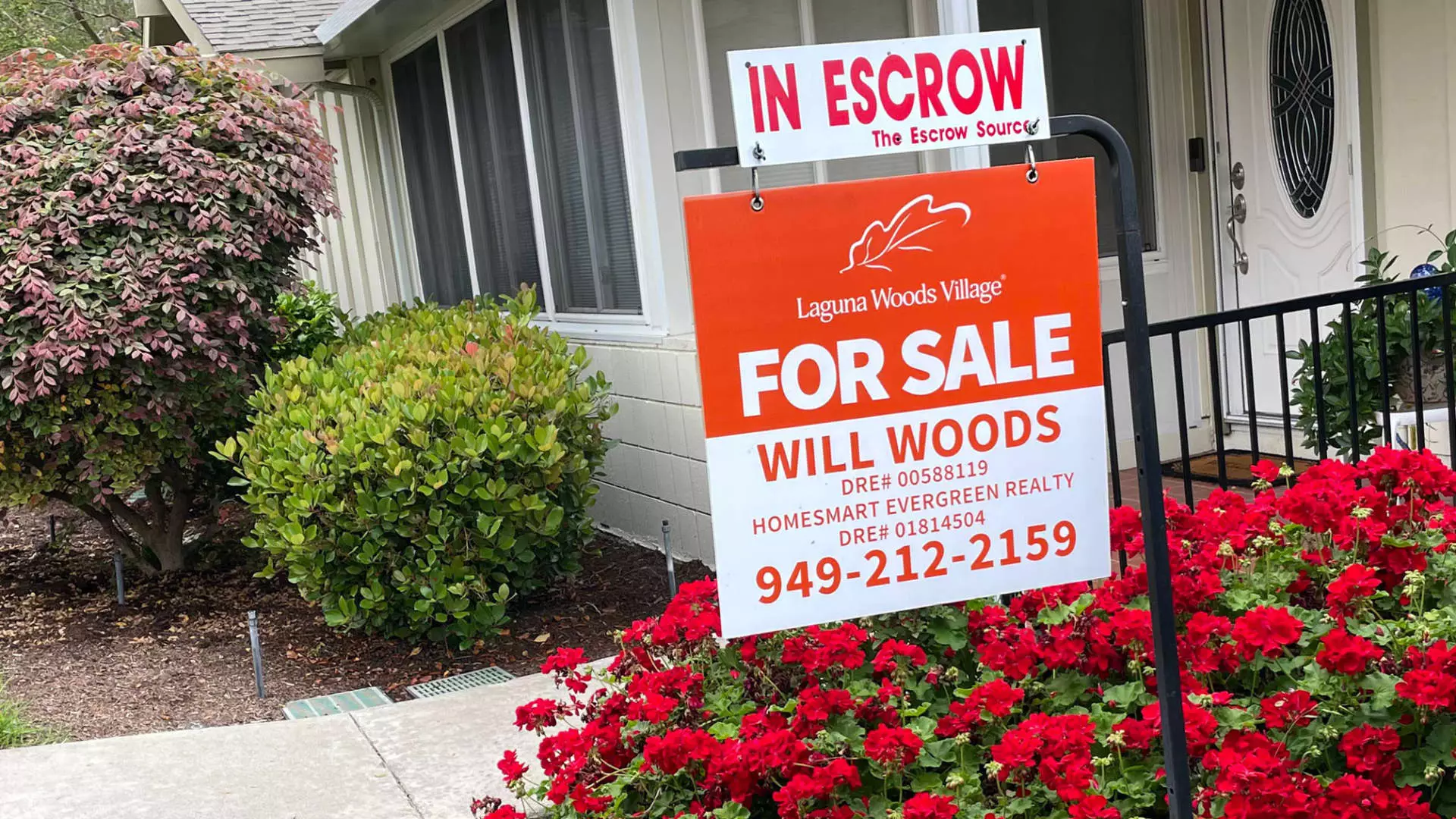The housing market is undergoing a notable shift, as indicated by the recent statistics released by the National Association of Realtors. A sharp decline in signed contracts for existing homes signifies a broader trend that could have significant implications for both buyers and sellers. In this article, we will explore the factors influencing this downturn, the behavior of buyers in light of rising mortgage rates, and the overall landscape of the housing industry as we push into the new year.
The housing market experienced a 5.5% drop in pending sales for existing homes in December, marking a regression after four consecutive months of gain. This decline, which also reflects a 5% year-over-year decrease, has brought the index to its lowest point since August. As pending sales are crucial indicators of future closings, their reduction suggests a cooling in market activity, which may be a troubling sign for industry stakeholders.
This downturn can be attributed to various factors, the most prominent being the increase in mortgage interest rates. As buyers ventured into the market in December, they faced escalating borrowing costs. The 30-year fixed mortgage rates surged from 6.68% to 7.14% within the month, presenting a psychological barrier for many potential buyers. Even though realtors had commented on a normalization to higher interest rates, crossing the 7% threshold seems to have caused hesitation among consumers. This emotional response indicates the lingering sensitivity to rising costs that many buyers feel in the current economic environment.
The drop in pending sales was not uniform across the nation but was especially pronounced in the West and Northeast regions, which typically command higher home prices. In these areas, contracts saw decreases of 8.1% and 10.3%, respectively. Lawrence Yun, chief economist for the Realtors, noted that these elevated mortgage rates have dramatically affected affordability, leading to a steeper decline in contract activity.
Interestingly, while the high-priced regions struggle, more affordable areas appear to be less impacted by the same pressures. Job growth tends to support demand in these markets, illustrating that economic conditions can play a crucial role in housing trends. However, one must wonder if external factors, such as adverse winter weather conditions, also influenced buyer decisions in these regions.
In a curious contradiction to the struggles faced by existing home sales, the performance of newly built homes is painting a somewhat brighter picture. According to the U.S. Census Bureau, sales from homebuilders showed gains for December, despite the overall market slow down. Builders have resorted to aggressive strategies, such as buying down mortgage rates to entice buyers, showcasing a compulsion to stimulate sales amid declining demand elsewhere.
This strategy raises questions about the sustainability of the current gains in new home sales. While the temporary measures may be effective in attracting buyers in the short term, the long-term ramifications of artificially inflating demand—due to manipulated interest rates—could pose risks for both builders and consumers if economic conditions worsen or if interest rates continue to climb.
Looking ahead, the data indicates that demand for homebuying remains subdued as we enter January 2023. Application rates for new mortgages plummeted by 7% compared to the previous year, while homes are selling at the slowest rates witnessed in five years. On average, homes are lingering on the market for 54 days before securing offers, which adds to the growing inventory of available homes.
Moreover, the supply side of the equation appears to be shifting significantly, with newly listed homes increasing by over 37% from December. This surge in inventory could indicate a potential shift in negotiating power towards buyers, though it remains to be seen how sellers respond to this changing landscape.
As both buyers and sellers navigate this fluctuating market, it is critical to account for the evolving dynamics of interest rates, regional behaviors, and the impact of new construction. In an ever-changing economic environment, awareness and adaptability will be key to making informed real estate decisions moving forward.

